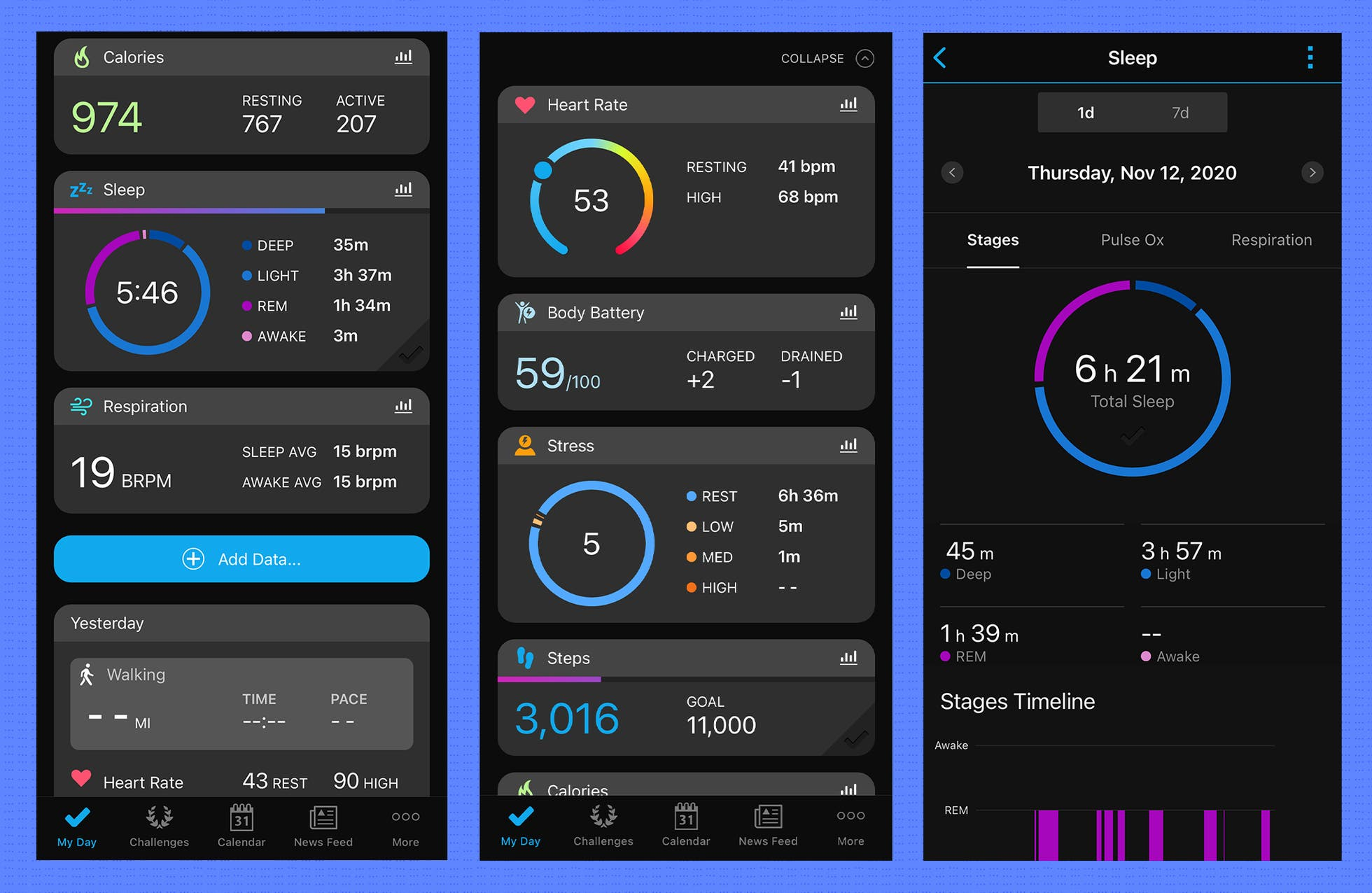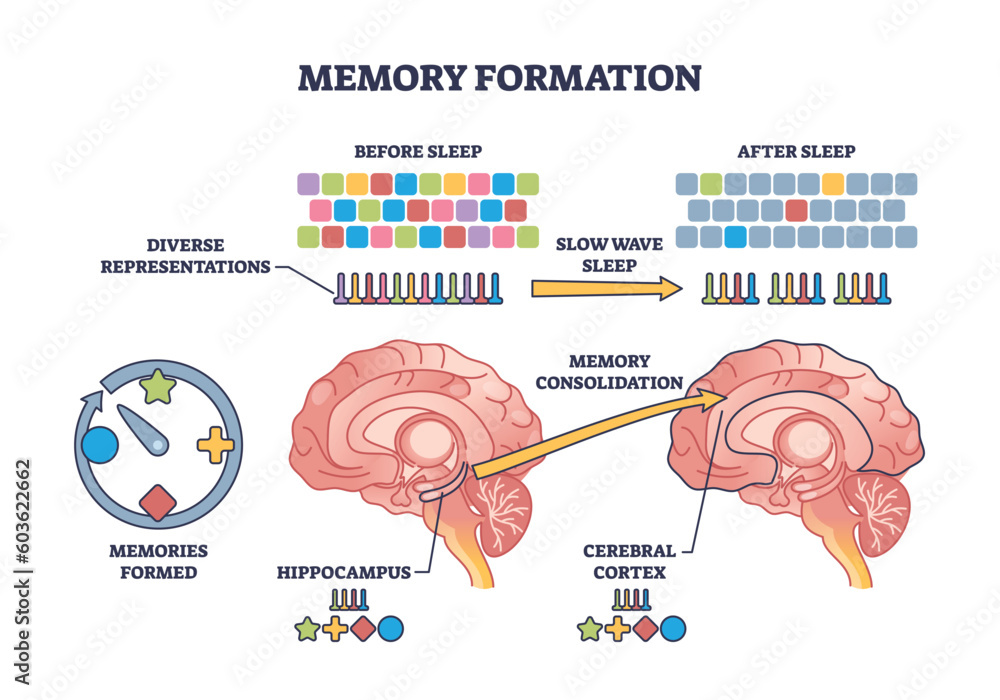
Olfactory Test for Alzheimer’s: Early Detection Breakthrough
The Olfactory Test for Alzheimer’s is emerging as a groundbreaking tool for early detection of cognitive impairment. Researchers from Harvard-affiliated Mass General Brigham have developed a simple, at-home smell test for dementia that could identify individuals at risk of Alzheimer’s disease long before memory issues manifest. This cognitive impairment test utilizes odor labels on cards to assess participants’ smell discrimination, identification, and memory abilities. The findings revealed that older adults with cognitive impairment performed worse on the test compared to their cognitively stable peers, highlighting the potential of olfactory dysfunction as an early warning sign for neurodegenerative diseases. With the innovative approach of home testing Alzheimer’s, this method not only opens new avenues for research but also empowers individuals to monitor their cognitive health in a convenient manner.
The scent-based evaluation for Alzheimer’s presents a novel strategy for recognizing early signs of cognitive decline. This olfactory assessment, designed for practical use at home, offers a valuable alternative for those seeking to understand their risk regarding neurodegenerative disorders. By measuring the capacity to recognize and remember various scents, researchers aim to provide a clearer picture of cognitive health. As cognitive impairment often precedes significant symptoms of Alzheimer’s, effective detection methods are crucial for timely intervention. Utilizing a smell test can facilitate a proactive approach to brain health, enabling individuals to engage in preventive measures well in advance.
Understanding Olfactory Tests for Alzheimer’s Detection
Olfactory tests are emerging as a promising tool in the early detection of Alzheimer’s disease, significantly aiding in identifying cognitive impairment long before more severe symptoms manifest. This innovative test involves participants identifying and remembering various odors presented on a card. By evaluating one’s ability to discriminate between scents, researchers can glean crucial insights into the functioning of the brain. The recent study from Harvard-affiliated Mass General Brigham has validated the effectiveness of this method, demonstrating that older adults with cognitive impairments consistently performed worse than their cognitively healthy counterparts.
The implications of utilizing olfactory tests for Alzheimer’s early detection are profound. By offering a noninvasive, cost-effective home testing option, this approach allows individuals to assess their cognitive health in a comfortable environment. This early detection can be pivotal—enabling targeted interventions and treatments to preserve cognitive health and potentially delay the onset of Alzheimer’s symptoms. As awareness grows around using smell tests for dementia, researchers continue to explore the correlation between olfactory dysfunction and the development of neurodegenerative diseases, further enhancing our understanding of cognitive impairments.
The Role of Home Testing in Alzheimer’s Prevention
The advent of home testing for Alzheimer’s stands as a major leap forward in preventive health measures. Home-testing kits, such as the Aromha Brain Health Test, provide a convenient method for individuals to monitor their cognitive abilities without the need for extensive medical appointments or procedures. This approach empowers patients and caregivers, facilitating early intervention strategies that can lead to better management of cognitive impairments associated with Alzheimer’s and other neurodegenerative diseases. With cognitive impairments on the rise, at-home testing can play a crucial role in a proactive health strategy.
Moreover, home testing for Alzheimer’s doesn’t just focus on risk identification; it serves as a platform for ongoing dialogue about cognitive health. As families engage in these assessments, they foster conversations about memory, mood, and overall wellbeing. This participatory aspect not only demystifies cognitive testing but also encourages individuals to take proactive steps in addressing potential neurodegenerative issues. Combining lifestyle changes with regular olfactory testing can significantly mitigate risks associated with Alzheimer’s disease, thereby enhancing the quality of life for aging populations.
Advancements in Cognitive Impairment Research
Recent advancements in cognitive impairment research highlight the vital role of olfactory testing in understanding neurodegenerative diseases. The significant findings from the study at Mass General Brigham underscore how olfactory dysfunction can be an early indicator of cognitive decline. The correlation between smell loss and cognitive abilities presents a unique research avenue, allowing scientists to explore the biological mechanisms behind neurodegenerative diseases like Alzheimer’s and Parkinson’s. Through ongoing investigations, researchers aim to refine these tests further and establish them as standard practices in cognitive health assessments.
Additionally, the researchers note that these olfactory tests can be particularly relevant in diverse populations, as their studies included both English and Spanish-speaking participants. By ensuring that these cognitive impairment tests are accessible to various demographics, researchers are committed to promoting inclusivity in health research. This multi-lingual approach not only enhances the validity of the test results but also bridges gaps in healthcare access for underrepresented communities. Such advancements illuminate the essential role of comprehensive cognitive testing in the ongoing fight against Alzheimer’s and other neurodegenerative diseases.
Potential Impact of Smell Test for Dementia
The potential impact of using smell tests for dementia cannot be overstated. These assessments allow for the early identification of individuals who may be at risk for developing Alzheimer’s disease or other related disorders. By focusing on the decline in olfactory capabilities as a hallmark of cognitive deterioration, clinicians can initiate discussions around cognitive health and awareness before significant changes occur. This proactive approach can lead to timely interventions that may slow down the progression of dementia-related symptoms, improving the overall quality of life for individuals diagnosed with cognitive impairments.
Furthermore, the integration of olfactory testing within routine health screenings offers an innovative tool for healthcare professionals. Given that traditional cognitive tests often require specialized settings and cannot always be easily accessed, the simplicity and effectiveness of olfactory tests present a valuable alternative. As more healthcare providers recognize the importance of smell tests in dementia assessment, we can expect wider adoption of these methods, fostering better monitoring of individuals at risk and launching new avenues for research into Alzheimer’s and other neurodegenerative diseases.
The Science Behind Olfactory Dysfunction and Aging
Olfactory dysfunction frequently accompanies aging and signifies underlying changes in cognitive health. This connection is essential in understanding how neurodegenerative diseases, including Alzheimer’s, can begin to manifest well before any symptoms are recognized. Researchers have indicated that the ability to identify and remember odors diminishes with age, which may serve as an early warning sign of cognitive decline. This insight has important implications for developing preventive measures and addressing Alzheimer’s-related health needs.
Studies have shown that older adults with mild cognitive impairment tend to exhibit notable deficits in odor discrimination and identification compared to their cognitively healthy peers. These findings not only highlight the importance of olfactory tests but also provide an essential framework for further research. By investigating the neurological pathways associated with smell perception, scientists aim to unlock additional biomarkers for cognitive impairment, reinforcing how critical understanding olfactory dysfunction is for early Alzheimer’s detection.
Olfactory Testing and Neuropsychological Assessments
Integrating olfactory testing with traditional neuropsychological assessments could transform how clinicians diagnose and monitor cognitive impairments. Combining these approaches allows for a more comprehensive understanding of an individual’s cognitive health, leading to enhanced diagnostic accuracy. Understanding how factors such as memory and olfactory function intertwine can unveil significant patterns of cognitive decline, especially in individuals at risk for Alzheimer’s. This multifaceted methodology can help tailor interventions and treatment strategies around an individual’s unique cognitive landscape.
Moreover, the team’s findings from Mass General Brigham suggest that olfactory tests may enhance the diagnostic process by providing quantifiable measures of cognitive abilities. In clinical settings, layering olfactory tests with cognitive assessments can lead to dynamic patient evaluations, where healthcare providers can observe not only cognitive performance metrics but also assess changes over time. This thorough investigative process may ultimately lead to better management of neurodegenerative diseases and lend support to ongoing research efforts aimed at understanding Alzheimer’s and related disorders.
The Future of Alzheimer’s Early Detection Technologies
The future of Alzheimer’s early detection technologies looks promising, especially with the advent of olfactory tests in the cognitive health landscape. With researchers continually validating the effectiveness of these non-invasive assessments, there is potential for widespread adoption in both clinical and home settings. Such innovations could facilitate timely diagnoses, enabling patients to seek appropriate care much earlier in their disease progression. The accessibility of olfactory tests makes them an appealing option for routine cognitive health screenings, transforming how we approach Alzheimer’s prevention.
As advancements in technology continue to progress, combining olfactory tests with other emerging diagnostic tools could lead to the establishment of holistic assessments for cognitive health. Innovations such as digital platforms for odor identification, AI-assisted analysis of test results, and mobile health applications could further enhance the process of Alzheimer’s detection. These future developments can empower individuals to take charge of their cognitive health, promote awareness about neurodegenerative diseases, and ultimately improve the quality of care for those affected.
Challenges in Implementing Home Olfactory Testing
While home-based olfactory testing presents numerous advantages in early Alzheimer’s detection, several challenges still need to be addressed for widespread implementation. Issues such as the standardization of test protocols, ensuring the accuracy of odor identification, and addressing differences in olfactory sensitivity among diverse populations are crucial in the operationalization of this testing method. Additionally, educating both healthcare professionals and the public about the significance and reliability of smell tests is essential to foster acceptance and collaboration in cognitive health assessments.
Moreover, considerations regarding the accessibility of home testing kits are pivotal as well. Ensuring that these assessments reach broader populations, especially underserved communities, will require collaborative effort among researchers, healthcare providers, and policymakers. As the demand for convenient and effective cognitive impairment tests increases, addressing these challenges will be vital in realizing the full potential of olfactory tests in the realm of Alzheimer’s research and prevention.
The Implications of an Early Alzheimer’s Detection Model
Adopting an early detection model for Alzheimer’s can have profound implications for healthcare systems and patient outcomes. Early intervention through effective cognitive impairment tests can lead to proactive management of symptoms, which may significantly delay the onset of severe Alzheimer’s-related challenges. This could reduce the overall burden on healthcare systems while also ensuring that patients retain their quality of life for longer periods. Emphasizing the importance of early detection could also encourage more research into neuroprotective strategies and therapeutic interventions.
Furthermore, an early detection model that incorporates olfactory testing could foster a cultural shift towards preventive health measures among aging populations. By highlighting the value of maintaining cognitive health through regular screening and open discussions about memory concerns, we can create environments that prioritize proactive management of Alzheimer’s and related disorders. Such a transformative approach not only impacts individual lives but also paves the way for shifts in international standards and practices surrounding cognitive health assessments.
Frequently Asked Questions
What is the olfactory test for Alzheimer’s disease?
The olfactory test for Alzheimer’s disease is a home testing method designed to identify early signs of cognitive impairment by assessing a person’s ability to identify and remember odors. Research indicates that individuals with cognitive impairment may have a reduced sense of smell, leading to lower scores on these tests.
How can olfactory tests help in the early detection of Alzheimer’s?
Olfactory tests help in the early detection of Alzheimer’s by revealing subtle changes in smell recognition and memory that may indicate cognitive decline. This noninvasive method allows for early intervention years before memory symptoms typically appear, thereby potentially improving outcomes for at-risk individuals.
Can I perform the smell test for dementia at home?
Yes, the smell test for dementia can be performed at home. Researchers at Mass General Brigham developed an easy-to-use olfactory test that allows participants to evaluate their scent detection abilities in a comfortable home environment, increasing accessibility for older adults.
What are the benefits of using a cognitive impairment test like the olfactory test?
The benefits of using a cognitive impairment test like the olfactory test include early identification of individuals at risk for Alzheimer’s disease, the ability to monitor cognitive health over time, and facilitating proactive interventions that can manage or delay the progression of neurodegenerative diseases.
What role does scent recognition play in Alzheimer’s research?
Scent recognition plays a significant role in Alzheimer’s research, as studies have shown that olfactory dysfunction can be an early warning sign of neurodegenerative diseases. Testing individuals for their ability to identify and discriminate odors can provide valuable insights into their cognitive health status.
Are olfactory tests for Alzheimer’s effective across different languages and cultures?
Yes, olfactory tests for Alzheimer’s have proven effective across different languages and cultures, as indicated by research findings that show similar performance results in English and Spanish-speaking participants. This universality supports the tests’ viability in diverse populations.
Why is early detection of cognitive impairment important for Alzheimer’s?
Early detection of cognitive impairment is vital for Alzheimer’s because it facilitates timely intervention strategies that can slow disease progression, improve quality of life, and enhance the effectiveness of future treatments. Identifying risk factors early allows for personalized care plans for individuals.
What is the Aromha Brain Health Test used in the olfactory study?
The Aromha Brain Health Test is a specific olfactory assessment utilized in the olfactory study conducted by researchers at Mass General Brigham. This test evaluates participants’ odor identification, memory, and discrimination capabilities, providing data that can be correlated with their cognitive health.
Is the olfactory test for Alzheimer’s suitable for everyone?
The olfactory test for Alzheimer’s is primarily suitable for older adults and individuals who may exhibit cognitive complaints. However, it should not be used as a standalone diagnostic tool; it is most effective when combined with other assessments for comprehensive cognitive health evaluation.
How do researchers measure the effectiveness of olfactory tests in identifying Alzheimer’s risk?
Researchers measure the effectiveness of olfactory tests in identifying Alzheimer’s risk by comparing test scores of individuals with cognitive impairments to those with normal cognitive function. Furthermore, longitudinal studies may track changes over time to evaluate the predictive value of olfactory dysfunction in relation to clinical symptoms.
| Key Point | Details |
|---|---|
| Research Background | Mass General Brigham researchers developed an at-home olfactory test. |
| Purpose of the Test | To identify individuals at risk for Alzheimer’s disease before memory symptoms appear. |
| Methodology | Participants sniff odor labels on a card to assess their olfactory abilities. |
| Findings | Older adults with cognitive impairment scored lower on the olfactory test compared to cognitively normal adults. |
| Significance of Research | Olfactory dysfunction could serve as an early warning sign for neurodegenerative diseases like Alzheimer’s and Parkinson’s. |
| Future Directions | Further studies may incorporate neuropsychological testing and track cognitive decline over time. |
Summary
The Olfactory Test for Alzheimer’s is a groundbreaking approach to early detection of cognitive impairment. This innovative at-home test not only aims to identify those at risk of developing Alzheimer’s disease years before the onset of symptoms but also plays a crucial role in advancing research and treatment options. By utilizing odor discrimination, identification, and memory assessments, this study positions olfactory dysfunction as a potential indicator of neurodegenerative diseases, paving the way for more effective interventions and improved healthcare outcomes.


